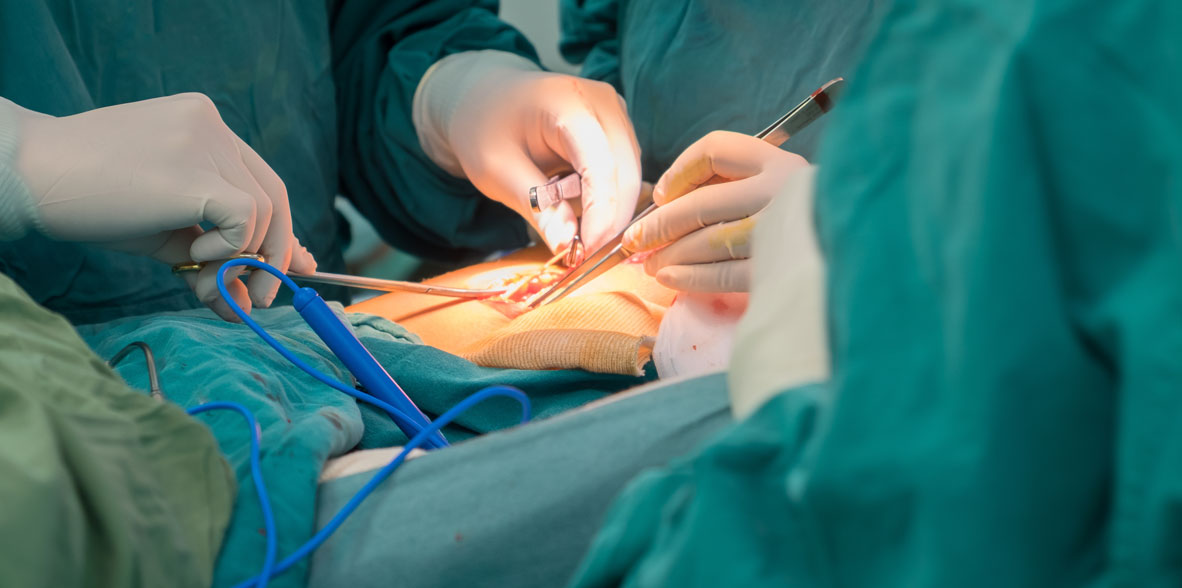

 Centro Médico Teknonen/health-centers/centro-medico-teknon
Centro Médico Teknonen/health-centers/centro-medico-teknon
They are those that protrude through the umbilical ring not obliterated in embryonic life, which would be congenital hernias, or through an open umbilical ring after birth, which would be the hernias acquired from the child and the adult.
The annulus fibrosus that remains after the fall of the umbilical cord is covered by a fascia that goes from side to side, Richet's fascia, to this ring they reach from below: the fibrous remains of the umbilical veins and the fibrous cord of the urachus, reaching from above the cord of the umbilical vein.
Predisposing causes
Obesity, pregnancies, repeated births, sudden weight loss in the obese, intra-abdominal tumors, efforts in patients with constipation, prostaterates and coughers, in addition the aponeuroses of the broad muscles of the abdomen make traction on the pods of the recti separating them. In children the predisposing causes can be, cough, constipation, crying, sneezing, flatulence, trauma.
Congenital umbilical hernias, would be the omphalocele or amniotic hernia, which must be treated as an emergency surgical condition, it is not a strangulated hernia, nor a hernia, from the embryological point of view it is a lack of coalescence in the abdominal wall, it is the protrusion of viscera that have not been introduced into the abdomen through the base of the umbilical cord.
The hernial sac consists of the amniotic sac and the peritoneum, it can sometimes be very small and be confused by a normal umbilical cord. When they are large there is a great disproportion between the abdominal cavity and the viscera that protrude, you have to try to close the sac and cover it with skin.



































